Back to Courses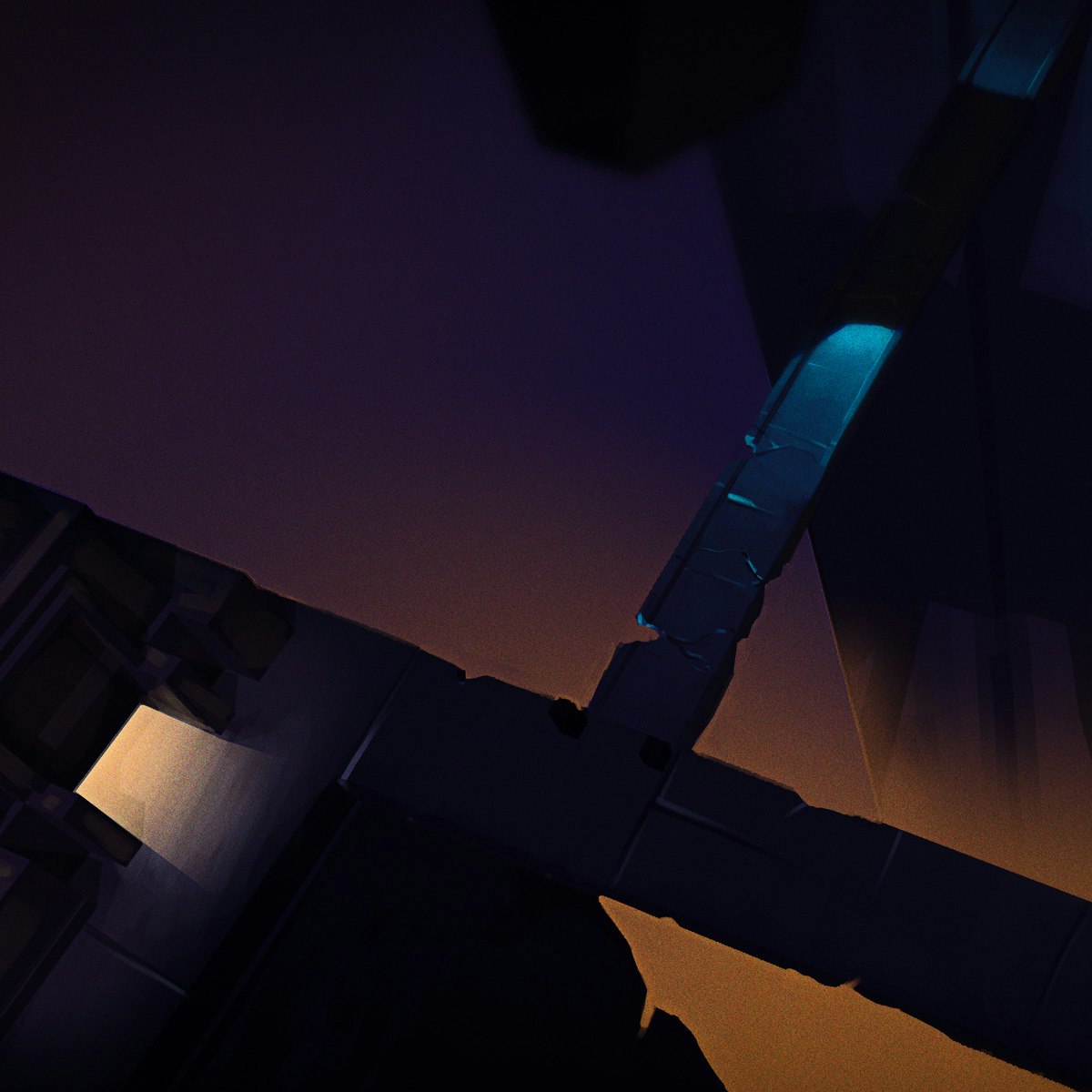
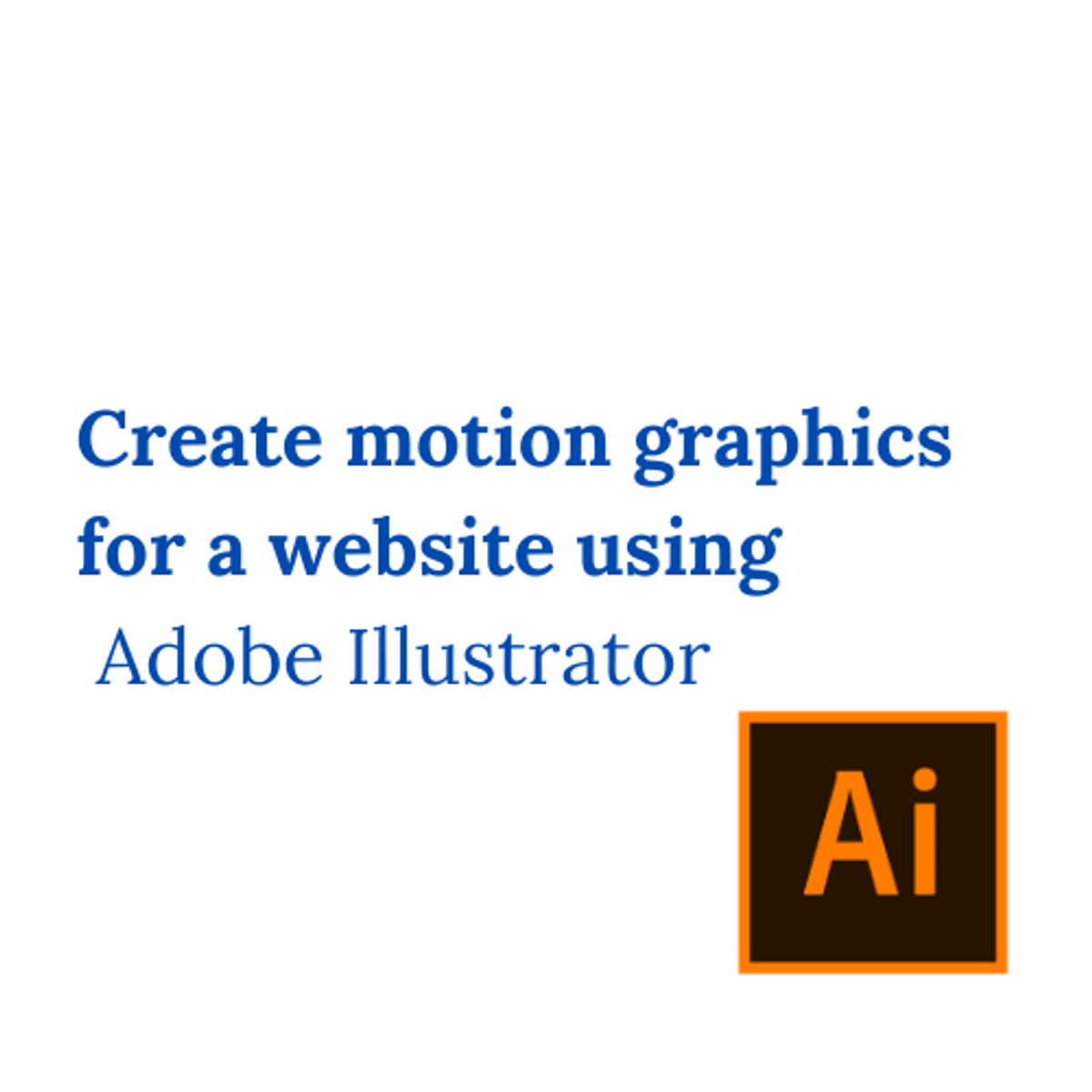

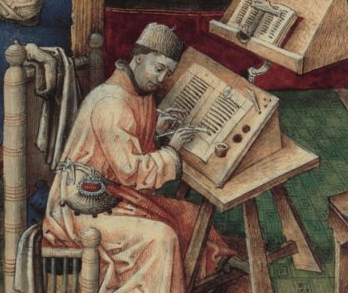
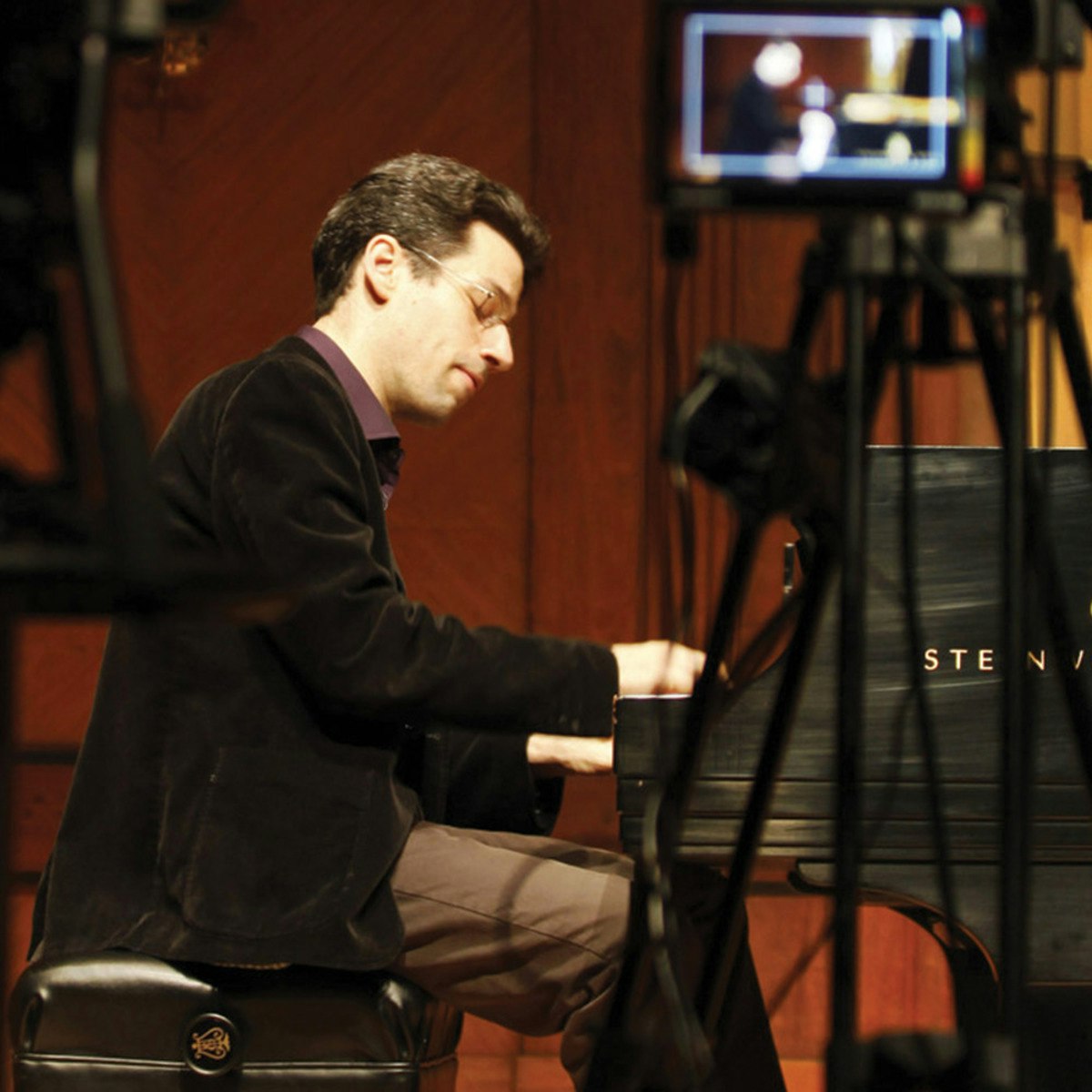
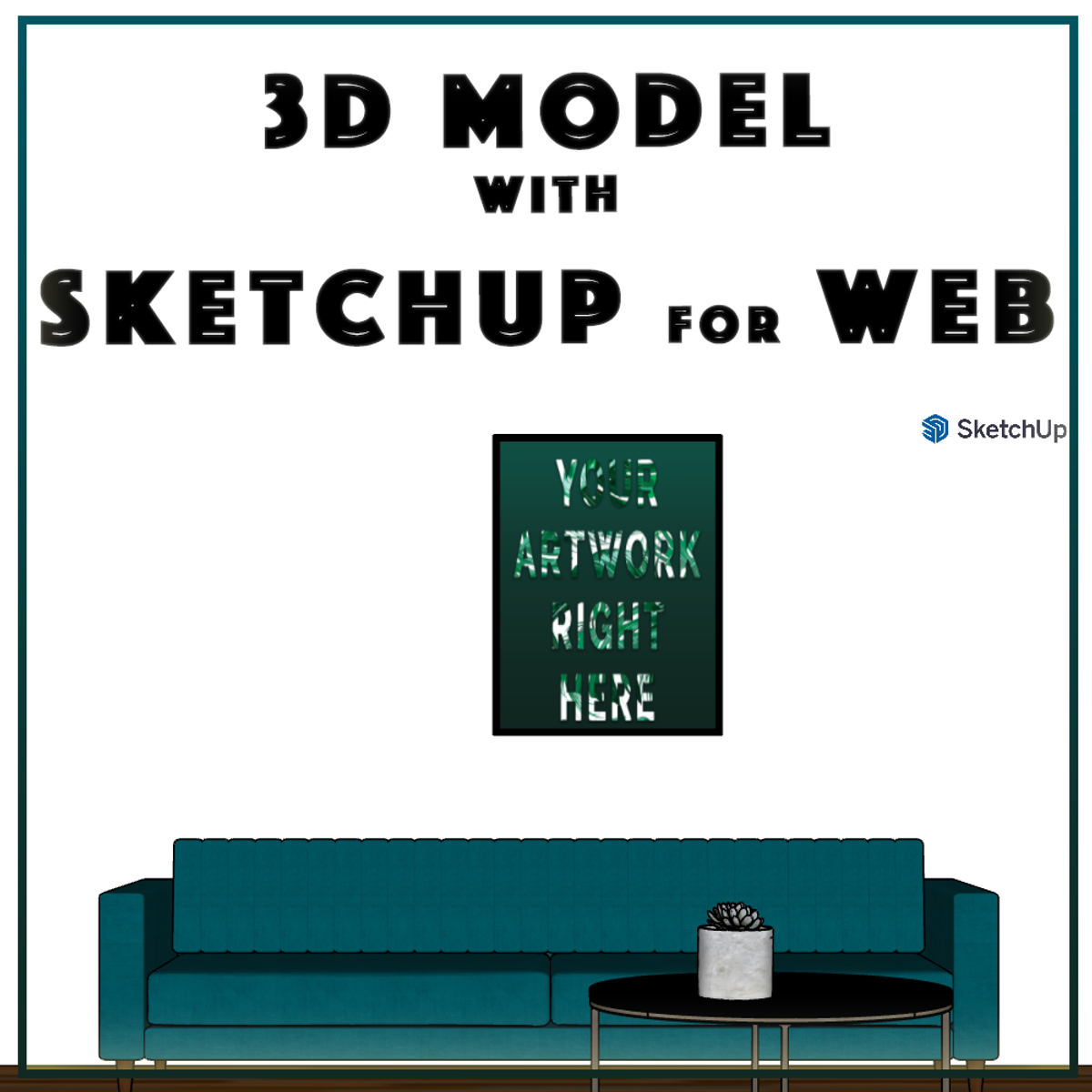
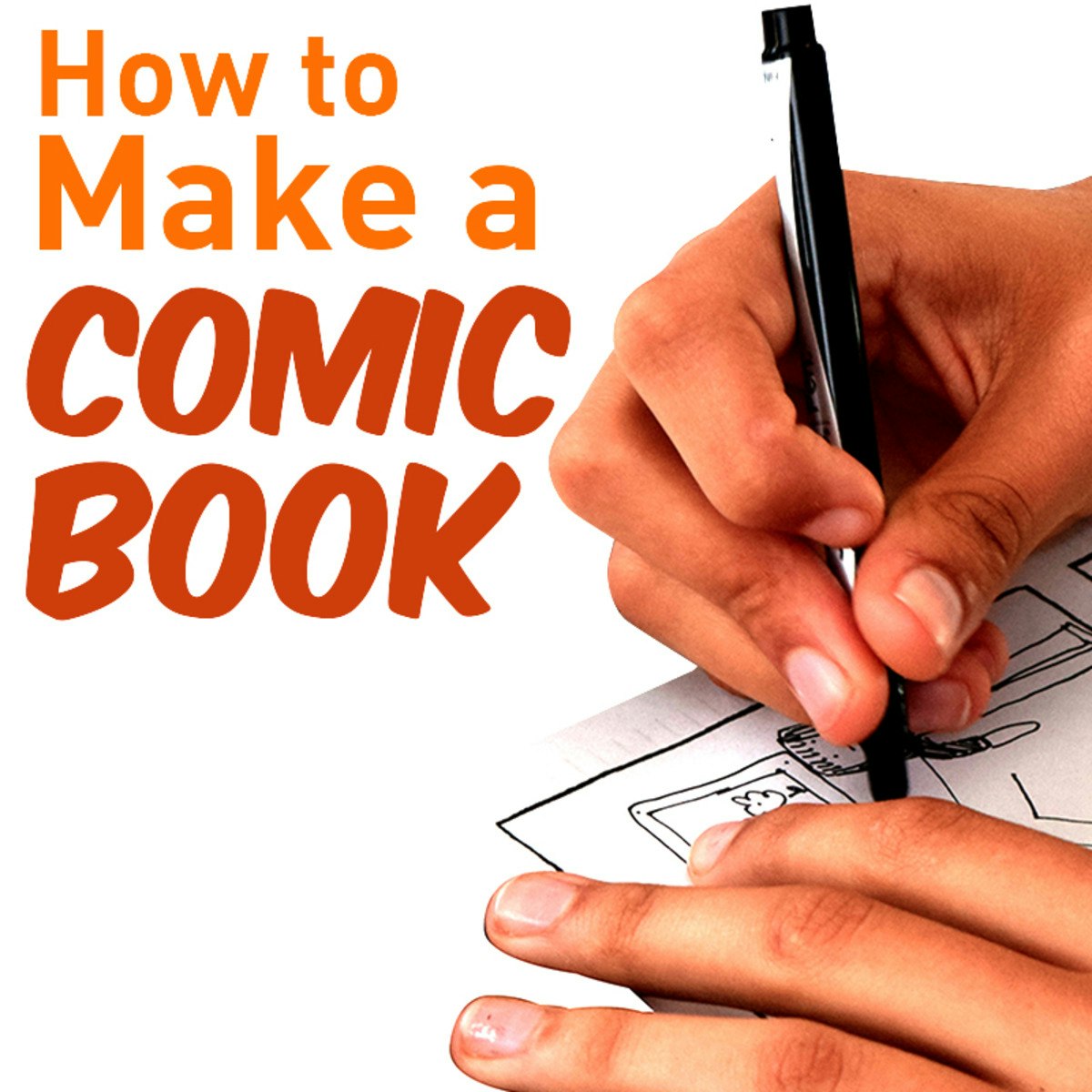
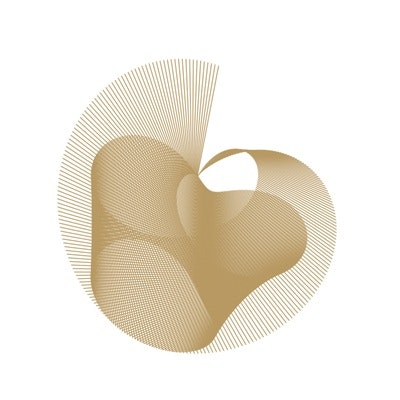
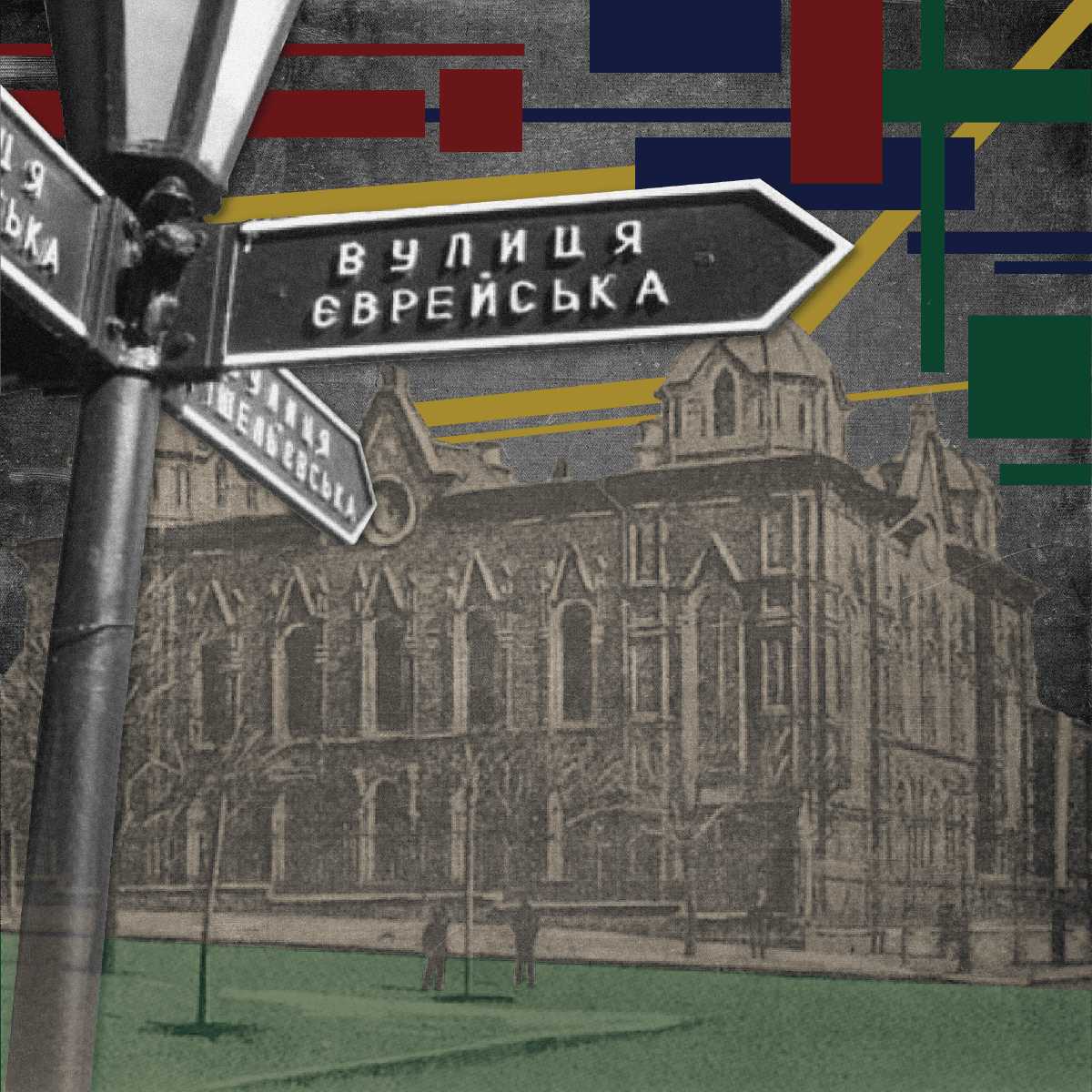
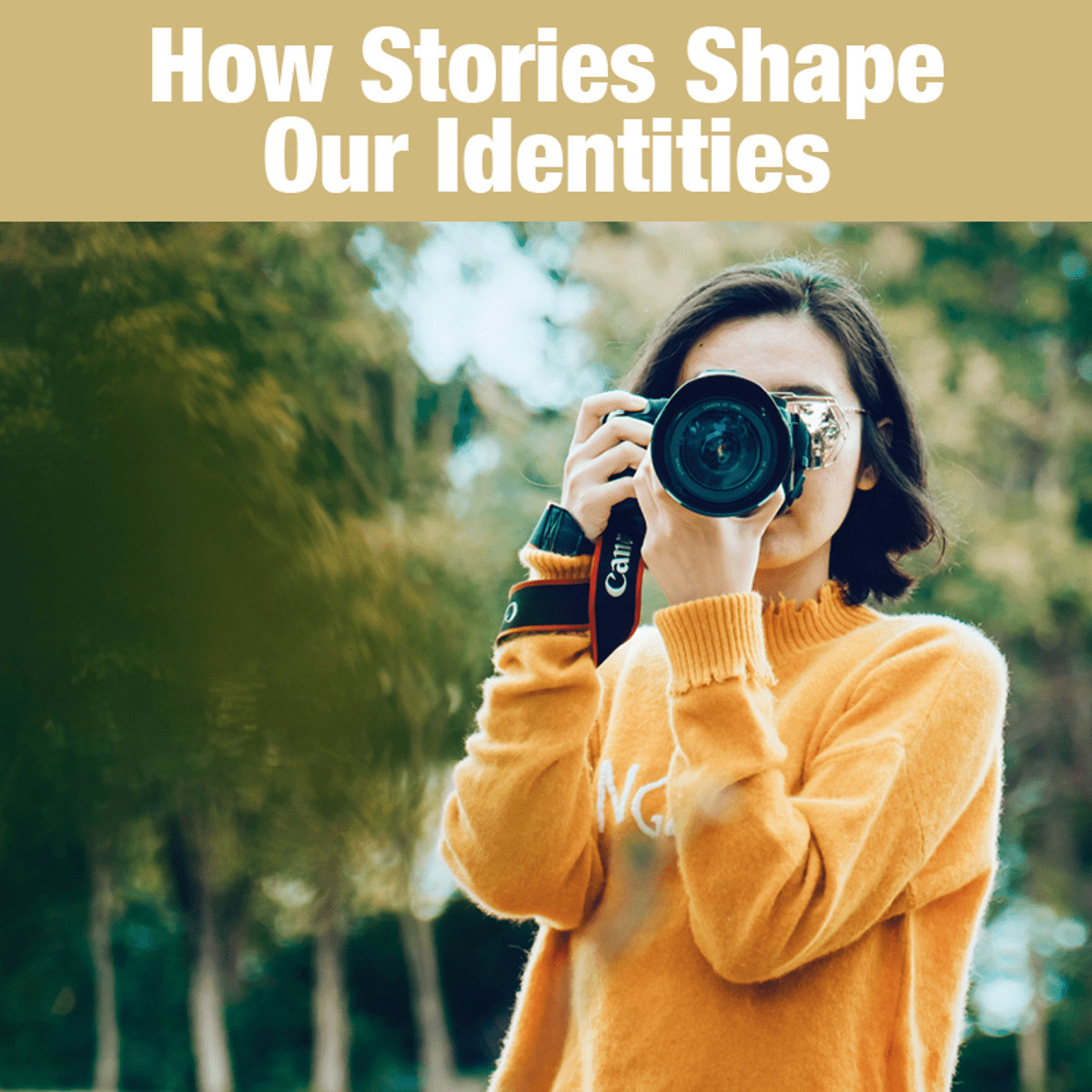
Music And Art Courses - Page 17
Showing results 161-170 of 257

Concept Art for Video Games
In this course we will talk about Concept Art. As a final project we will create a fully finished environment concept, ready for presentation. Throughout the 4 week modules will dive deeply into composition and digital painting techniques to bring your art skills to the next level! So, let's get started!

Create motion graphics for a website using Adobe Illustrator
By the end of this project, you will create Motion graphics for websites using Adobe Illustrator CC. Throughout the tasks, you will be able to design your motion graphics, prepare them for animation, create shape tweening keyframes, work with Artboard sequences, and finally, you will export your design for final use.
This guided project is for Intermediate designers since we will develop from the basic knowledge of Motion and Designing concepts. Also, we are going to use designing tools in Illustrator like Shape tool, Drawing pen tool, Artboards ,and Masks.
This project will provide you with the ability to create Vector Look Motion graphics for Websites Using Adobe Illustrator which merges the power of Vector-based designing and Tweening concepts that can be applied with the Artboards feature that is available in Adobe illustrator. Knowing how to create Motion graphics with Adobe Illustrator opens a wide door of opportunities for you. especially for promising fields like Retail Business, Advertising, or Digital Marketing!
Adobe Illustrator is a very powerful Vector-based designing and illustration tool with multiple built-in vector-based features and tools which can elevate your production, especially with the clean and sharp look that Illustrator provides added to the new web-oriented features. Illustrator also is compatible with all other Applications from Adobe which makes the integration more efficient and effective

So You Think You Know Tango?
How well do you think you know tango? This two-week mini-course is designed for music lovers, musicians, and dancers who are interested in learning more about the Argentine Tango. It will explore the many dimensions of the Argentine Tango music, including its origins, popularization during the Golden Age, dissemination abroad, evolution into an artistic music-dance form, and adoption by Argentine and international art-music composers to date. The goal is to provide learners with an authentic and holistic tango experience by intersecting scholarly studies of the history, theory, and culture of tango with knowledge of instrumental performance practices. Learners can also learn more about basic tango gestures and steps that embody the music, as well as the poetry of tango.

Plagues, Witches, and War: The Worlds of Historical Fiction
A unique and exciting introduction to the genre and craft of historical fiction, for curious students, aspiring authors--anyone with a passion for the past. Read classics of the genre, encounter bestselling writers of historical fiction, and discover your own historical archive while interacting with a global community of interested readers.

Exploring Beethoven’s Piano Sonatas
Our relationship to Beethoven is a deep and paradoxical one. For many musicians, he represents a kind of holy grail: His music has an intensity, rigor, and profundity which keep us in its thrall, and it is perhaps unequalled in the interpretive, technical, and even spiritual challenges it poses to performers. At the same time, Beethoven’s music is casually familiar to millions of people who do not attend concerts or consider themselves musically inclined. Two hundred years after his death, he is everywhere in the culture, yet still represents its summit.
This course takes an inside-out look at the 32 piano sonatas from the point of view of a performer. Each lecture will focus on one sonata and an aspect of Beethoven’s music exemplified by it. (These might include: the relationship between Beethoven the pianist and Beethoven the composer; the critical role improvisation plays in his highly structured music; his mixing of extremely refined music with rougher elements; and the often surprising ways in which the events of his life influenced his compositional process and the character of the music he was writing.) The course will feature some analysis and historical background, but its perspective is that of a player, not a musicologist. Its main aim is to explore and demystify the work of the performer, even while embracing the eternal mystery of Beethoven’s music itself.
This season's Curtis courses are sponsored by Linda Richardson in loving memory of her husband, Dr. Paul Richardson.
The Dolfinger-McMahon Foundation supports Curtis's lifelong learning initiatives.

SketchUp: how to model a 3D mockup to showcase your artwork
In this 1-hour long project-based course, you will learn how to
- use SketchUp for Web to create simple 3D models
- explore 3D modeling
- create a simple mockup scene for your artworks
By the end of this project, you will learn how to use Sketch Up to create a mockup scene in 3d model for your art works or illustrations.
In graphic design and visual arts, mockup is defined as a rough draft of a finished product or visually rendered representation of a finished product. In this guided project we are going to create a mockup scene to simulate the showcasing of print and artworks.
SketchUp for Web is a free version of SketchUp that runs in a web browser. It shows a simple interface where anyone can simply draw and create 3D models. This makes 3D modeling accessible and easy to use to anyone interested in exploring this field.
This guided project is for graphic designers, illustrators, or artists who want to create visual representations of their prints, illustrations or paintings through 3D modeling. However, anyone interested in exploring 3D modeling is welcome to this course.
Note: This course works best for learners who are based in the North America region. We’re currently working on providing the same experience in other regions.

How to Make a Comic Book (Project-Centered Course)
What you’ll achieve:
In this project-centered course*, you will create an original four page minicomic designed around a short story of your choosing.
What you’ll need to get started:
This project-centered course is designed for all-age learners (high school age and above, at least 13 years of age) who are interested in learning how to make a comic book, but have never completed one before.
While comic books can be created with any kinds of materials, we recommend that learners have the following materials available to complete the project: at least one ream of 8.5x11 copy paper, #2 pencils and eraser, Sharpie-type fine point pens, ruler with inch measurements, and adjustable binding stapler. Learners should also have access to a printer and scanner (to facilitate digitizing work to be shared with peers on Coursera).
*About Project-Centered Courses:
Project-Centered Courses are designed to help you complete a personally meaningful real-world project, with your instructor and a community of learners with similar goals providing guidance and suggestions along the way. By actively applying new concepts as you learn, you’ll master the course content more efficiently; you’ll also get a head start on using the skills you gain to make positive changes in your life and career. When you complete the course, you’ll have a finished project that you’ll be proud to use and share.

Creative Programming for Digital Media & Mobile Apps
This course is for anyone who would like to apply their technical skills to creative work ranging from video games to art installations to interactive music, and also for artists who would like to use programming in their artistic practice.
This course will teach you how to develop and apply programming skills to creative work. This is an important skill within the development of creative mobile applications, digital music and video games. It will teach the technical skills needed to write software that make use of images, audio and graphics, and will concentrate on the application of these skills to creative projects. Additional resources will be provided for students with no programming background.
At the end of this course, you will be able to:
* Write creative, audiovisual programs in the Processing environment that run on desktop and mobile
* Programatically manipulate sound in creative ways
* Display images and image sequences
* Generate interactive, algorithmic graphics
* Work with a 2D physics engine to create a basic game

Odesa: Jews in the Modern World
In this course, Peter Kenez and Murray Baumgarten, both emeritus professors at UC Santa Cruz, tell the story of the Jews of the Black Sea port of Odesa. Kenez and Baumgarten include music, literature, and history in their analysis of a city like no other. The course is for anyone with an interest in the history and culture of the Jewish people.

Storying the Self: How Stories Shape our Identities
Explore how artists have come to understand their identities over time, through creative media and scholarly discussions. You will connect with your own sources of creative inspiration, and revisit a major moment in your life that has shaped who you are and how you understand yourself, with the invitation to engage with this story through literary analysis and creative expression. Discover how these themes and theories help leaders understand their own and others’ identities across the full range of human diversity, as they show up in workplaces and relationships.
Popular Internships and Jobs by Categories
Find Jobs & Internships
Browse
© 2024 BoostGrad | All rights reserved